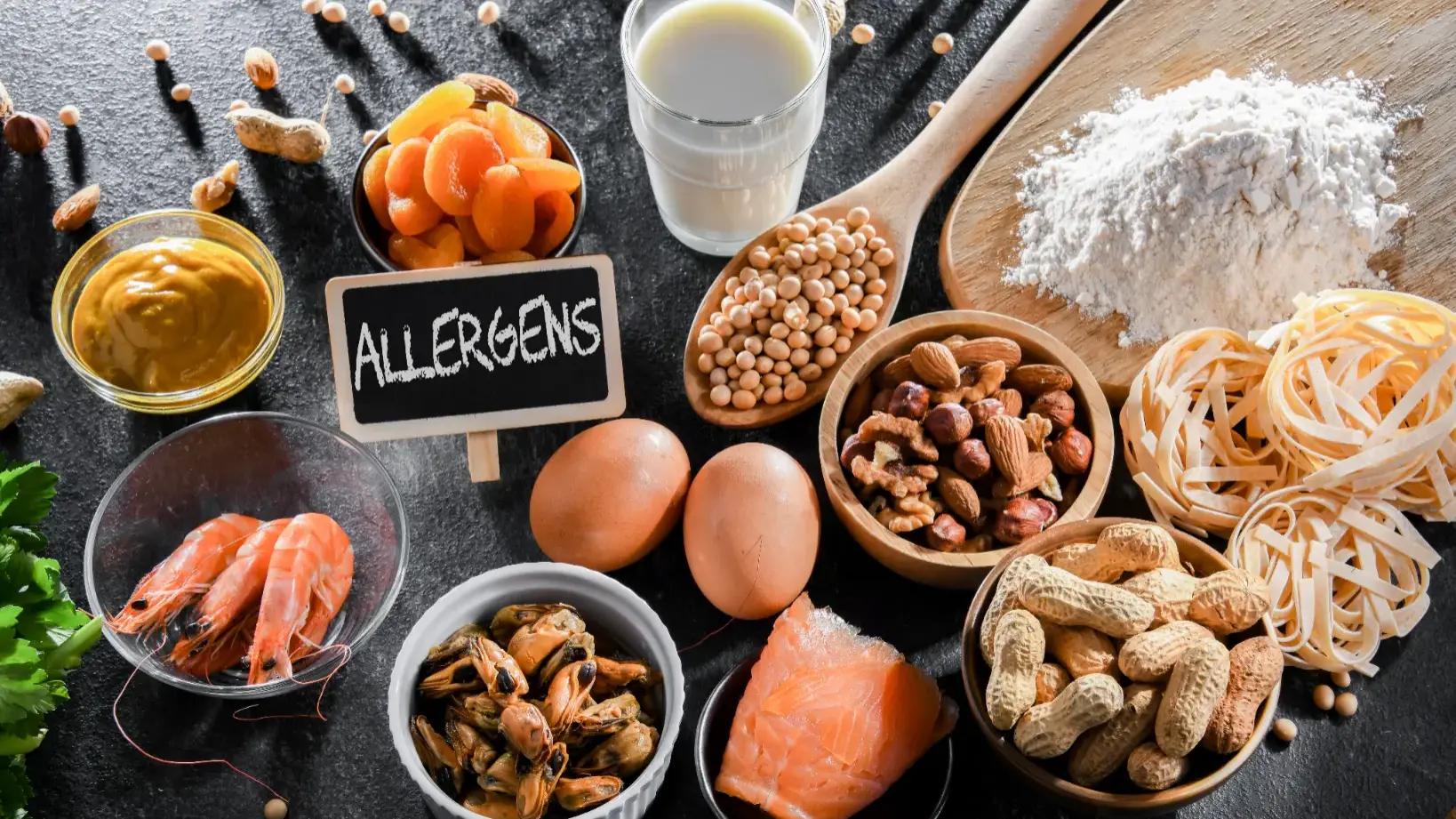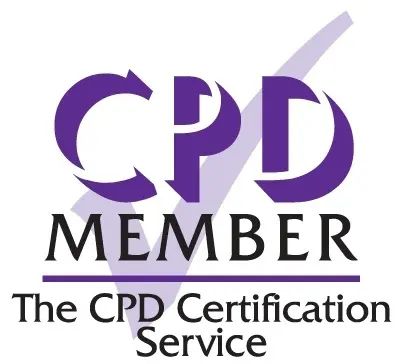This guide walks you through the 14 major food allergens recognised in UK law. You’ll learn how to manage them safely, communicate clearly with your customers, and build an allergen-aware culture in your kitchen.
Why allergen awareness matters
For people with food allergies, even trace amounts of an allergen can trigger severe reactions. Some develop within seconds and can lead to anaphylaxis, a medical emergency that can be life-threatening.
Good allergen management means:
- Protecting customers’ health and lives
- Staying compliant with UK and retained EU legislation (FIC 1169/2011)
- Maintaining your reputation and food hygiene rating
The best safeguard is education. When every team member knows how to handle allergen information properly, accidents become far less likely.
Take the Food Allergen Awareness Course for Catering & Hospitality to make sure your staff stay up to date with current UK guidance. It’s CPD-certified, practical, and designed for real working kitchens.
Food allergies, intolerances and coeliac disease – what’s the difference?
These terms are often used interchangeably, but they mean very different things.
- Allergy: The immune system reacts to a normally harmless food. Symptoms can include hives, swelling, breathing difficulties, or anaphylaxis.
- Intolerance: Usually affects digestion and causes discomfort, but it’s not life-threatening.
- Coeliac disease: An autoimmune condition triggered by gluten. It’s not a food allergy, but strict avoidance is still essential.
Understanding these distinctions helps your team respond appropriately when customers share their dietary needs.
The 14 major food allergens
The Food Standards Agency (FSA) identifies 14 allergens that must be declared by law. Click each one for detailed guidance and real-world examples of where they hide in catering environments.
- Cereals containing gluten
- Crustaceans
- Eggs
- Fish
- Peanuts
- Soybeans
- Milk
- Tree nuts
- Celery
- Mustard
- Sesame seeds
- Sulphur dioxide and sulphites
- Lupin
- Molluscs
Each article explains how to identify, store, and handle that allergen safely in hospitality settings.
Labelling and communication
Clear communication is as important as correct labelling. Customers rely on you to give them accurate, honest information.
For prepacked foods (PPF):
Allergens must be clearly highlighted in the ingredient list using bold text, underlining or colour.
For prepacked for direct sale (PPDS):
Natasha’s Law requires full ingredient lists with allergens emphasised.
It applies to foods prepared and packed on the same premises where they’re sold, such as sandwiches, salads or baked goods.
For non-prepacked foods:
Allergen information must be provided in writing or verbally, supported by signage that tells customers how to obtain the information.
Never guess. If there’s any uncertainty, check with the chef or supplier before serving.
Hidden allergens – the invisible risk
Many allergic reactions come from ingredients people didn’t expect. Hidden allergens often appear in:
- Marinades and sauces
- Spice blends
- Desserts, glazes and dressings
- Shared fryers or utensils
Managing allergens safely in your kitchen
Good allergen management is built on consistency.
Whether you’re preparing a salad or plating up a hot meal, the same basic principles apply.
Storage
- Keep allergen-containing ingredients sealed and clearly labelled
- Store them separately from allergen-free foods
Preparation
- Use colour-coded equipment
- Clean surfaces and utensils thoroughly between tasks
- Wash hands after handling allergens
Service
- Double-check every order before serving
- Keep communication records for traceability
Responding to allergic reactions
Even with strong systems in place, mistakes can happen. Knowing how to respond quickly is essential.
If a customer shows signs of an allergic reaction:
- Call 999 immediately
- Use their adrenaline auto-injector if available
- Stay with them until help arrives
- Record the incident and inform management
Read our step-by-step guide: What To Do If a Customer Has an Allergic Reaction.
Creating an allergen-aware culture
Allergen safety isn’t just about ticking compliance boxes. It’s about building trust.
Encourage open communication between your kitchen, front-of-house and customers.
Keep allergen charts up to date, and make refresher training part of your routine onboarding.
Confidence grows when teams feel equipped to handle allergen enquiries calmly and correctly.
Keep learning with FoodComplianceHQ
Allergen management evolves as laws, research, and best practices change. Ongoing training keeps your team informed and compliant.
Take the Food Allergen Awareness Course for Catering & Hospitality.
Further reading and resources
- Natasha’s Law Explained
- How to Create an Allergen Management Plan for Your Kitchen
- Hidden Allergen Traps Every Chef Should Know
- What To Do If a Customer Has an Allergic Reaction
- Understanding Food Allergies vs Intolerances
Final thoughts
Allergen safety is everyone’s responsibility.
By understanding the 14 allergens, training your staff, and keeping communication clear, you’re not just following the law — you’re protecting people.
FoodComplianceHQ helps the food sector serve with confidence, one safe meal at a time.




